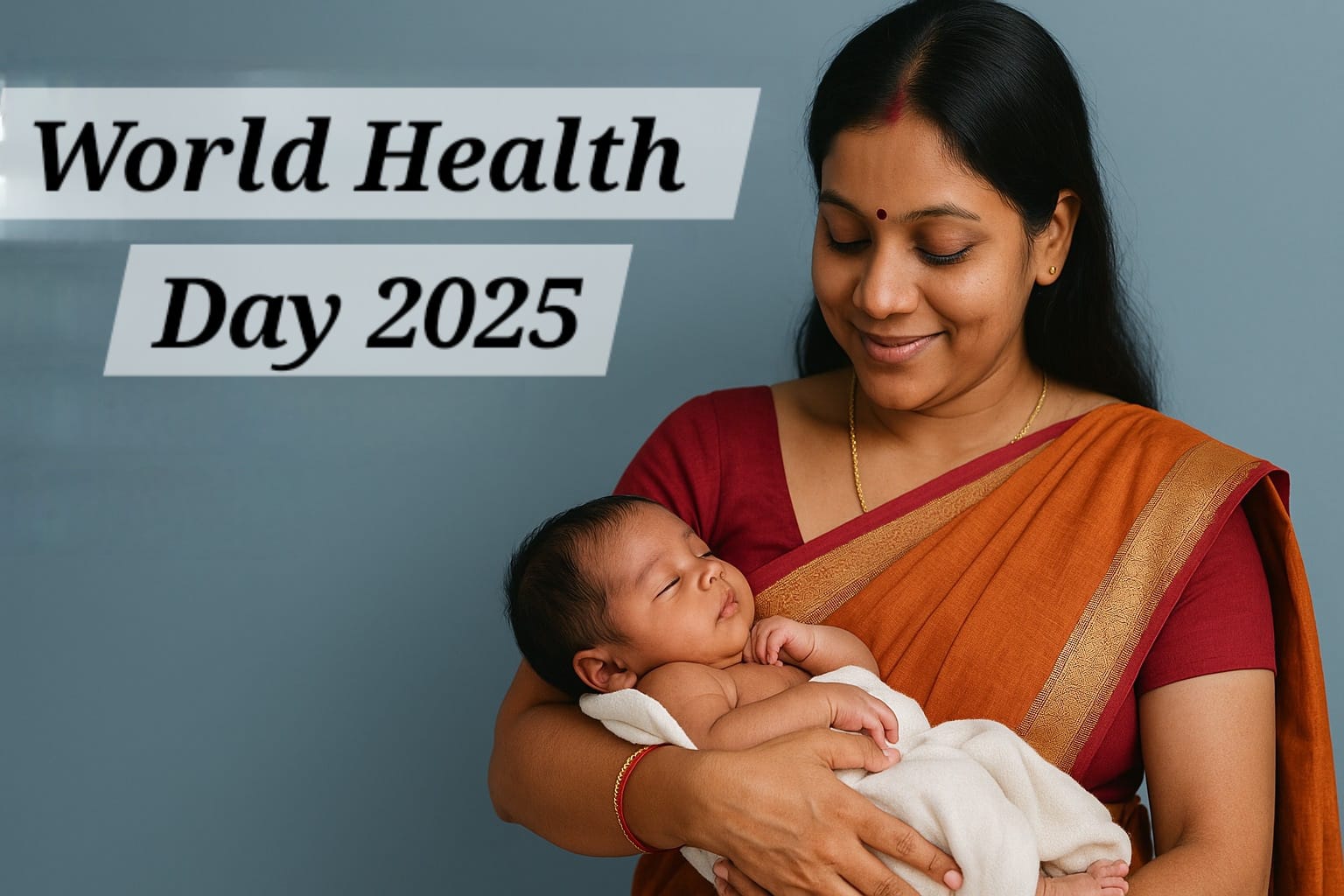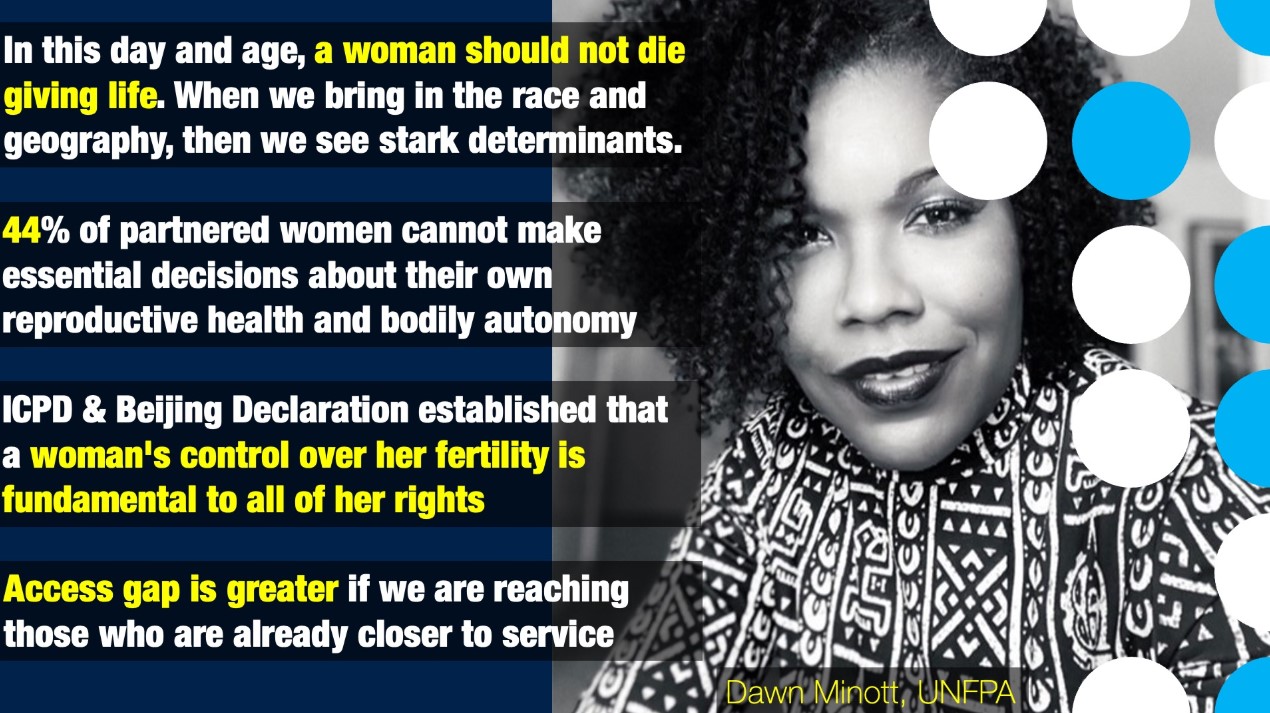A shocking case has emerged from the Sanjay Gandhi Postgraduate Institute of Medical Sciences in Lucknow. A 32-year-old woman, a mother of two young children, suddenly lost vision in one eye and was diagnosed with lung cancer. Despite having never smoked in her life, she was found to have multiple tumors that had not caused any other symptoms until her vision problem arose.
Lung Cancer's Hidden Presence
Dr. Alok Pratap Singh, who was involved in the woman's diagnosis, emphasized the unusual nature of her case. "Despite widespread malignant involvement, the patient was completely asymptomatic and active except for visual disturbances," he said. This case highlights the importance of thorough and prompt evaluation for lung carcinoma when there are unexplained eye issues, as it seems to represent a distinct subset of lung cancer.
Lung Cancer in India: A Growing Concern
Lung cancer is one of the leading cancers in India, affecting more than a million people every year. The age-standardized incidence rate is 6.9 per 100,000 of the population. Alarmingly, close to 40 percent of those diagnosed with lung cancer have never smoked. This statistic challenges the common perception that lung cancer predominantly affects smokers, highlighting the need for broader awareness and vigilance.
Eye Metastasis: A Rare but Severe Symptom
While the incidence of eye metastasis from lung cancer is low, ranging from 0.1 to 7 percent, its impact can be severe. Ocular metastasis, as it is known, can significantly affect the quality of life and typically indicates a poor prognosis. In the reported case, the woman had gone to the hospital after completely losing vision in one eye and experiencing occasional flashes of light in the other. Despite having no pain, scans revealed a growth on the black surface inside her right eye (the fundus), as well as smaller growths on her left eye.
The Diagnostic Journey
Upon further examination, blood tests showed that her red and white blood cell counts were normal. However, a chest x-ray revealed cancerous growths in her lower right lung. Subsequent tests found tumors across multiple organs, leading to a diagnosis of lung carcinoma with choroidal metastasis in both eyes.
Lung carcinoma occurs when cells in the lungs begin to divide uncontrollably, forming masses or tumors. This uncontrolled cell division can occur in the airways or small air sacs known as alveoli, disrupting the normal function of the lungs and other organs.
Understanding Lung Cancer
Lung cancer typically starts in the airways (bronchi) or the tiny air sacs (alveoli) of the lungs. The most common types of lung cancer are small cell lung cancer (SCLC) and non-small cell lung cancer (NSCLC). NSCLC accounts for about 85% of all lung cancer cases and includes subtypes such as adenocarcinoma, squamous cell carcinoma, and large cell carcinoma.
SCLC is less common but more aggressive, often spreading rapidly to other parts of the body. Regardless of the type, lung cancer often goes undetected in its early stages because symptoms can be mild or mistaken for other common illnesses.
Risk Factors and Prevention
While smoking is the most well-known risk factor for lung cancer, non-smokers are also at risk. Factors that can contribute to lung cancer in non-smokers include:
- Exposure to secondhand smoke: Non-smokers living with smokers have a higher risk of developing lung cancer.
- Radon gas exposure: Radon is a naturally occurring radioactive gas that can accumulate in homes and buildings, increasing lung cancer risk.
- Asbestos exposure: Workers exposed to asbestos fibers are at higher risk of developing lung cancer, especially if they also smoke.
- Air pollution: Long-term exposure to polluted air, especially in urban areas, can increase the risk of lung cancer.
- Genetic factors: A family history of lung cancer can also elevate the risk.
To reduce the risk of lung cancer, it is essential to avoid smoking and exposure to secondhand smoke, test homes for radon, minimize exposure to hazardous materials like asbestos, and advocate for cleaner air policies.
Symptoms and Diagnosis
Lung cancer symptoms can vary and often do not appear until the disease is advanced. Common symptoms include:
- Persistent cough
- Coughing up blood
- Shortness of breath
- Chest pain
- Hoarseness
- Unexplained weight loss
- Fatigue
- Frequent respiratory infections
Diagnosing lung cancer typically involves imaging tests such as chest x-rays and CT scans, as well as tissue biopsies to confirm the presence of cancerous cells. In some cases, additional tests like MRI or PET scans may be used to determine the extent of the disease.
Treatment Options
Treatment for lung cancer depends on the type, stage, and overall health of the patient. Common treatments include:
- Surgery: Removing the tumor and surrounding tissue can be effective for early-stage lung cancer.
- Radiation therapy: High-energy rays are used to kill cancer cells or shrink tumors.
- Chemotherapy: Drugs are used to kill cancer cells throughout the body.
- Targeted therapy: Drugs target specific genetic changes in cancer cells to stop their growth.
- Immunotherapy: Treatments that boost the body's immune system to fight cancer.
The choice of treatment depends on various factors, and a multidisciplinary team of doctors will work together to develop the best plan for each patient.
Living with Lung Cancer
A lung cancer diagnosis can be overwhelming, but there are ways to manage the disease and maintain quality of life. Patients should focus on maintaining a healthy diet, staying physically active, and seeking support from healthcare professionals, family, and friends. Support groups and counseling can also help patients cope with the emotional challenges of living with cancer.
Regular follow-up appointments are crucial for monitoring the disease and managing side effects of treatment. Advances in lung cancer research continue to improve treatment options and outcomes, offering hope to those affected by this challenging disease.
The Importance of Awareness and Early Detection
This case highlights the importance of awareness and early detection of lung cancer. While the woman in this case was asymptomatic until her vision was affected, regular health check-ups and prompt attention to unusual symptoms can help detect cancer early when it is more treatable.
Public health initiatives should focus on educating people about the risks of lung cancer, promoting healthy lifestyles, and ensuring access to regular screenings. By doing so, we can improve early detection rates and increase the chances of successful treatment for those affected by lung cancer.
The story of the 32-year-old woman who lost her vision due to lung cancer is a poignant reminder of the silent nature of this disease. Despite having never smoked, she developed lung cancer that spread to her eyes, illustrating the unpredictable and invasive nature of the disease.
Understanding the risk factors, symptoms, and treatment options for lung cancer is crucial for early detection and effective management. By raising awareness and encouraging regular health check-ups, we can improve outcomes for those affected by lung cancer and work towards reducing the impact of this global epidemic.
As we continue to research and understand lung cancer better, it's essential to support those living with the disease and their families. Together, we can make strides in the fight against lung cancer and improve the quality of life for countless individuals.

 Despite having never smoked, she developed lung cancer that spread to her eyes, illustrating the unpredictable and invasive nature of the disease.
Despite having never smoked, she developed lung cancer that spread to her eyes, illustrating the unpredictable and invasive nature of the disease.










.jpeg)


.jpeg)



.jpeg)
.jpeg)






.jpeg)





